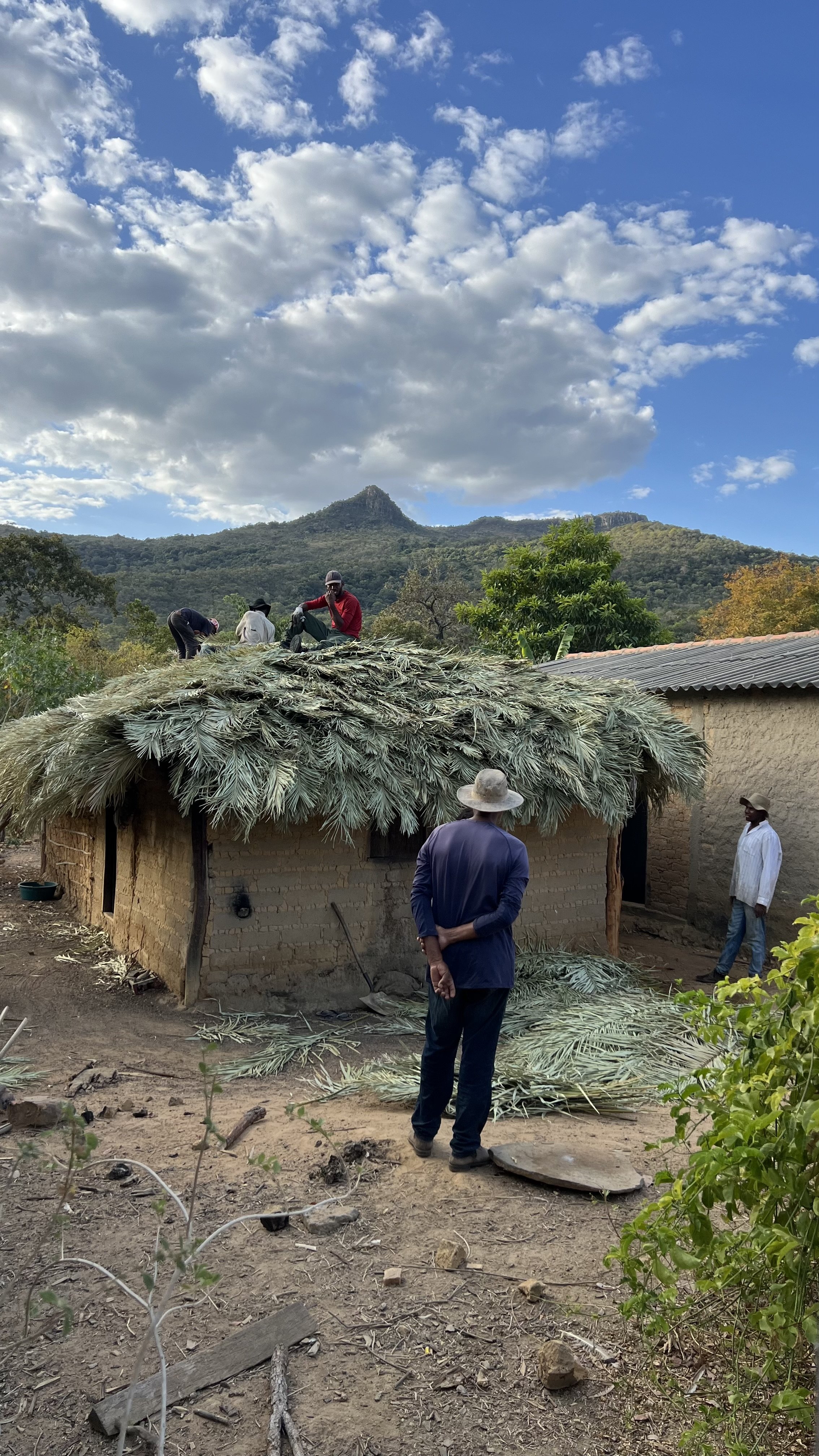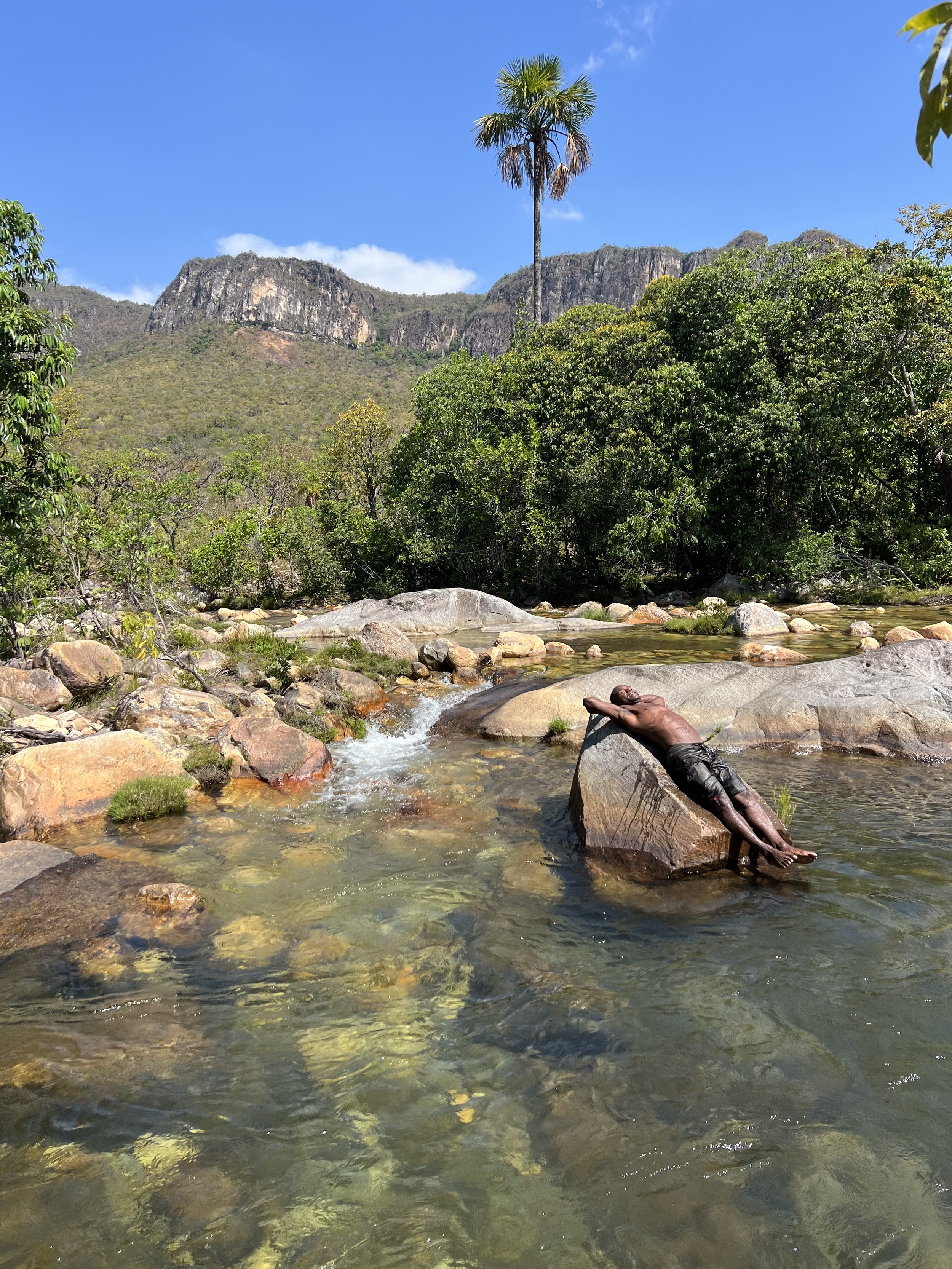
The Park and its People
Chapada dos Veadeiros
The Chapada dos Veadeiros National Park is a stunning UNESCO World Heritage Site of ancient geologic formations, crystal deposits, and dramatic waterfalls and rivers in central Brazil. The rocks in this region are among the oldest on Earth, dating back 1.8 billion years, and the land sits on what many consider to be the brightest point seen from space in the Southern Hemisphere, due to its high concentration of quartz crystal deposits. Located in the heart of the Cerrado, Brazil's second-largest biome, this region plays a crucial role as South America's "water tank" - its deep-rooted vegetation and unique soil systems feed eight of Brazil's twelve major river basins, including the Amazon. The Cerrado boasts incredible biodiversity with over 100 mammal species and 1,500 plant species, many endemic to the region. It is home to some of the world’s most beautiful waters and extraordinary wildflower blooms!
The Kalungas
The Kalunga people of Chapada dos Veadeiros are Brazil's largest Quilombola community, descendants of enslaved Africans who escaped and established hidden settlements in this remote region over 300 years ago. Through strategic isolation in the challenging terrain, they maintained their freedom and developed a unique culture blending African traditions with adaptations to the Cerrado environment. Living across 253,000 hectares of protected territory, the Kalunga people have developed intimate knowledge of the Cerrado's ecology, practicing sustainable farming methods and traditional medicine using local plants. Their communities, comprising around 3,000 people, are largely self-sufficient, with distinct dialects, festivals, and customs preserved through generations. Today, while maintaining many traditional practices, the Kalunga communities face both challenges and opportunities. They continue to defend their land rights while selectively engaging with the outside world through sustainable tourism and cultural exchange, sharing their rich heritage while preserving their unique way of life in harmony with the Cerrado landscape.


